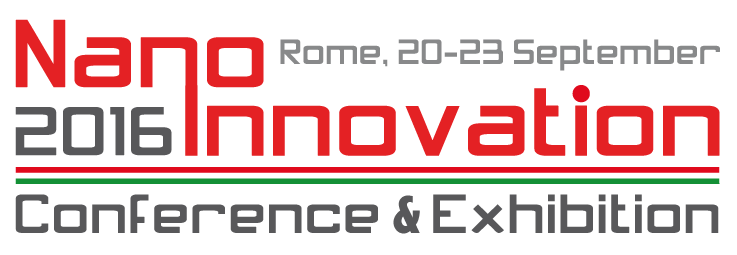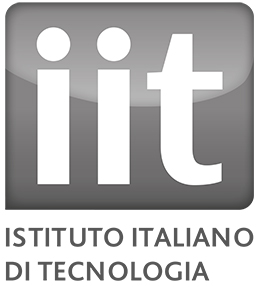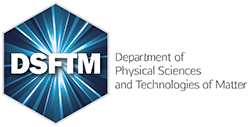TS.I.C.4
Electron beam lithography for GaAs and GaN HEMT
Ennio GIOVINE, IFN-CNR
High-electron-mobility transistors (HEMTs), generally based on III/V compounds, are able to operate at high frequencies and they are widely used in satellite receivers, in low power amplifiers and in the defense industry. Recently Gallium Nitride based HEMTs have become one of the prime candidates for solid state power amplifiers for wide-band and microwave applications. This is a direct consequence of the physical properties of this semiconductor, allowing the combination of a superior electron drift velocity and breakdown voltages, which provides record performances in terms of output power, as well as low noise combined with high power input signal robustness.
On the other hand, the achievement of these performances implies to overcome several critical aspects in the devices manufacturing. One of the most critical is related to the gate fabrication, not only to provide low enough parasitic capacitance and resistances, but also to control other critical aspect related to very high electric field issues, due to the high drain voltage bias. The task is to reach a sufficiently high RF gain by reducing the gate footprint length down to 250nm and contemporarily controlling the associated increase of the short channel effects.
For this purpose, this work is focused on development and application of a T gate GaAs and GaN HEMT fabrication technology based on electron beam lithography (EBL) and metallization procedure, and its effect on high frequency RF gain. The EBL processes for GaAs and GaN HEMT, are respectively single step and double step, and multilayers of resists with different sensitivity are used.
Back to TS.I.C

































